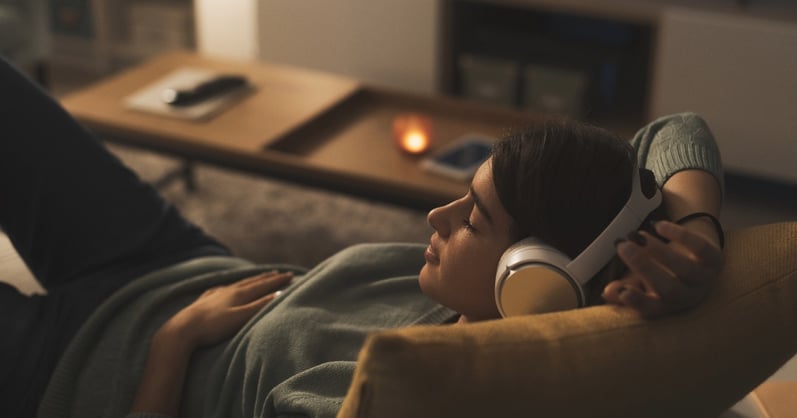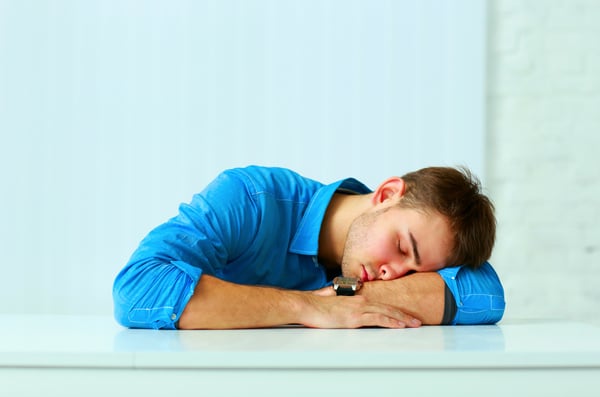How to Nap Effectively?
Published on: September 12, 2023 | Reading time: 🕐 3m

Why is it that daytime naps sometimes make us feel groggy, nauseated, or disoriented but, at other times, leave us feeling refreshed, energized, and alert? Why do they sometimes affect our night-time sleep, keeping us up until the wee hours, whereas other times they don’t affect our nighttime sleep at all? Because of the potential unpleasant side effects of napping, many people simply avoid them. However, daytime napping can lead to numerous benefits; the keys to healthy napping are timing and duration.
The optimal time to nap is early afternoon–between approximately noon and 3 p.m. In the early afternoon, many of us experience a slump in energy levels and alertness. We may also notice signs of sleepiness, such as feeling foggy, having heavy eyelids or watery eyes, and yawning more than usual. You may think that this afternoon slump is best explained by the big lunch you just ate. However, regardless of what you had for lunch, your body is signalling you to take a nap. Let’s take a look at why that is.
Your body temperature has a circadian rhythm to it, meaning that it naturally rises and falls every 24 hours. Body temperature is lowest in the morning, before waking. Over the course of the morning through late afternoon, it gradually rises, helping to promote energy and feelings of alertness. In the late evening, body temperature starts to decrease, bringing on feelings of sleepiness. Between approximately noon and 4 p.m., however, there is a natural dip in body temperature. Lowered body temperature leads to this early afternoon slump when your body is actually well-prepared to take a short nap.
What do we mean by a “short” nap? Generally, we recommend avoiding naps longer than 45 minutes. Research has shown that daytime naps of less than 30 minutes can increase mental performance, learning, memory, and productivity. Short daytime naps have also been found to reduce the risk of cardiovascular disease, especially among men.
Although longer naps may sound appealing, they sometimes lead to a phenomenon called “sleep inertia” when you wake up. Sleep inertia refers to a state of grogginess and a decreased capacity to carry out tasks after waking. It is especially likely to happen when you wake abruptly from deep (slow-wave sleep). Longer naps give the body more time to enter deep sleep so sleep inertia is more likely to occur, especially if you wake up suddenly from this stage of sleep. So, if you’re going to nap, keep it short!
In summary, short afternoon naps are a great way to manage daytime sleepiness and wake up feeling refreshed and alert. Take advantage of the afternoon slump by closing your eyes for 10-30 minutes, anytime between noon and 3 PM. It’s important to avoid napping in the late afternoon or evening, as this can delay your sleep at bedtime.
Read more: What Is Shift Work Sleep Disorder?
Need help with your sleep?
We can help you! HALEO offers a solution that can contribute to productivity and well-being through quality sleep. Schedule a discovery meeting by booking your time here.




